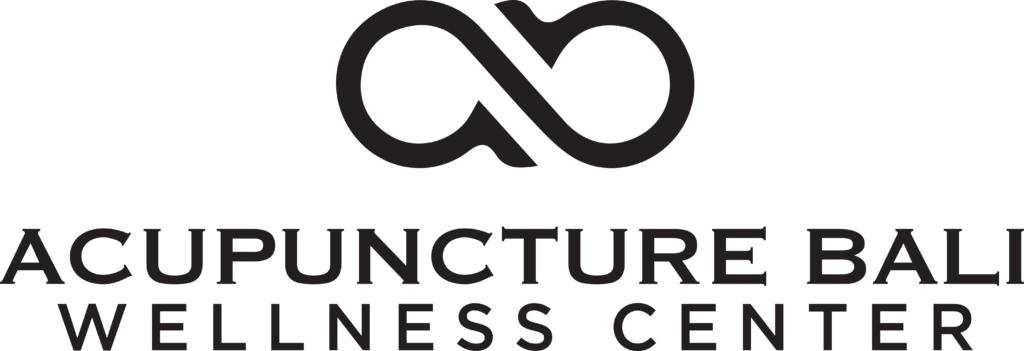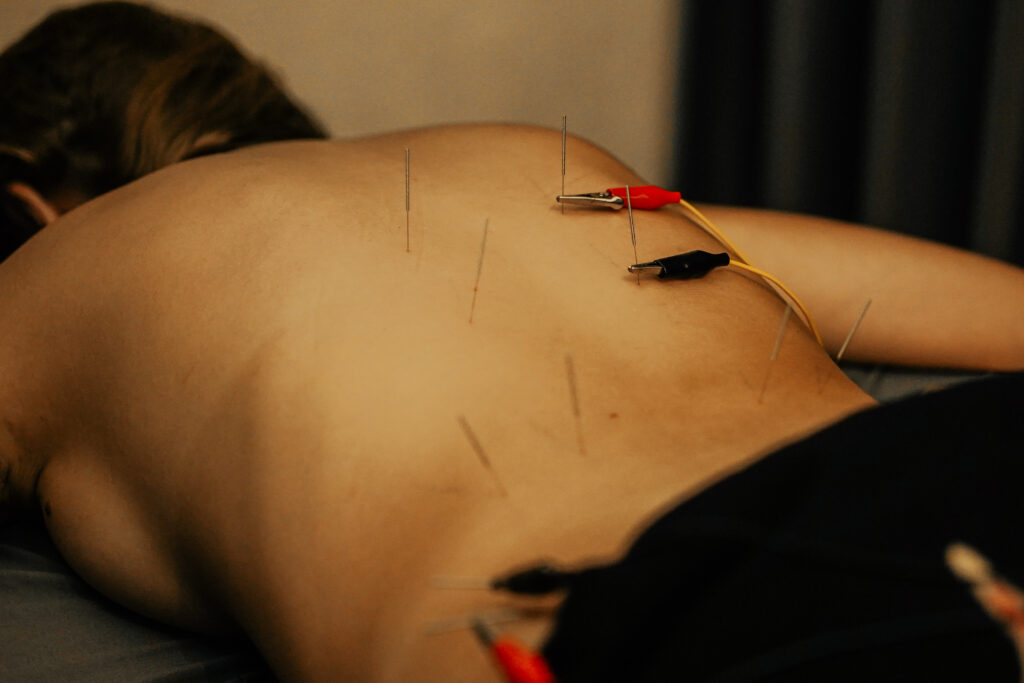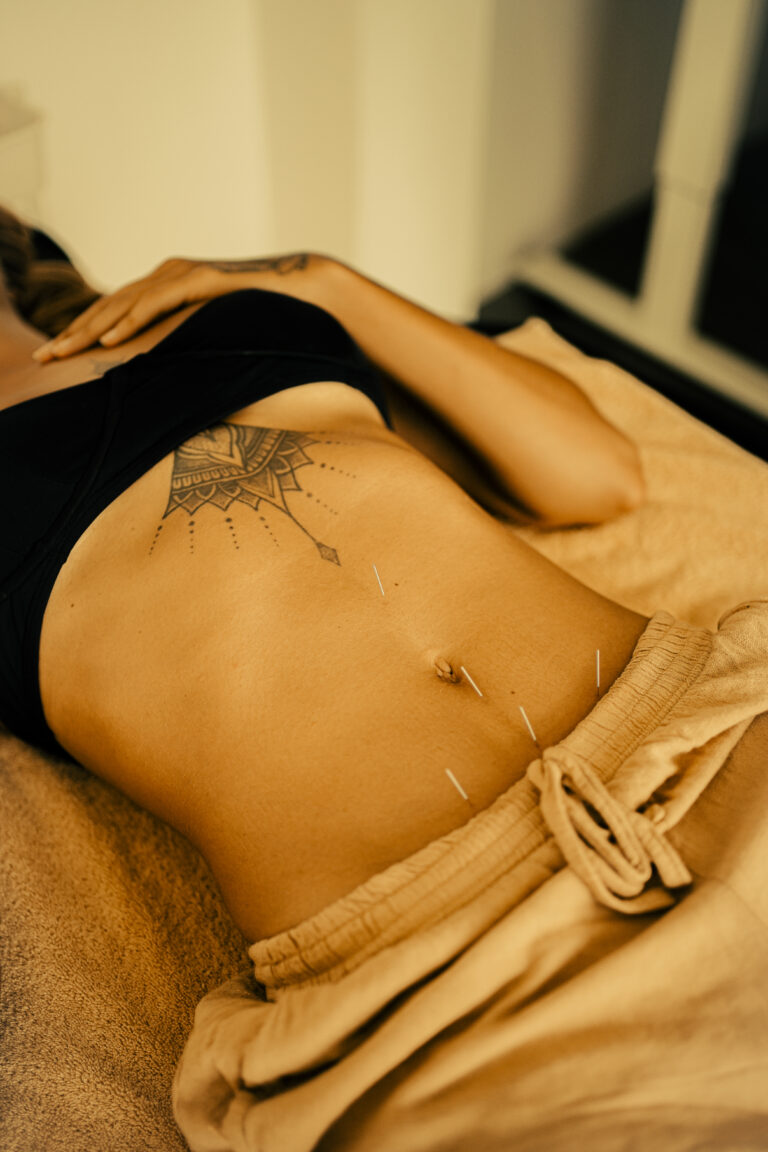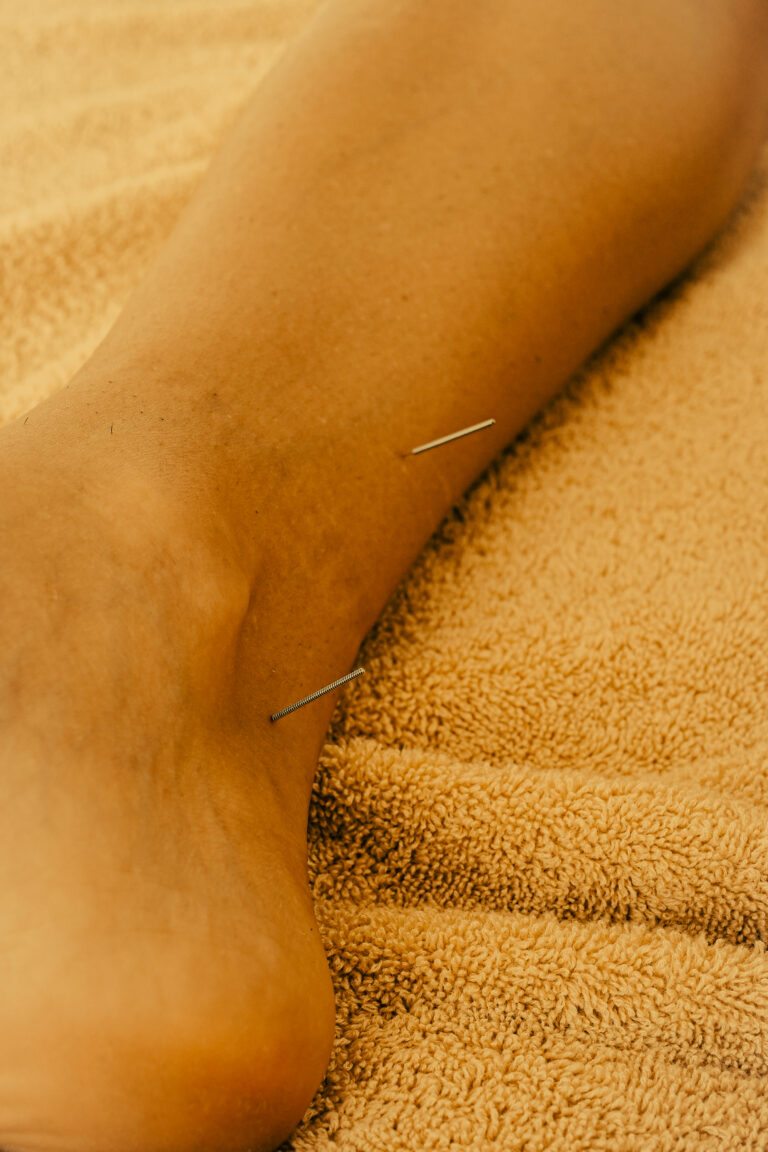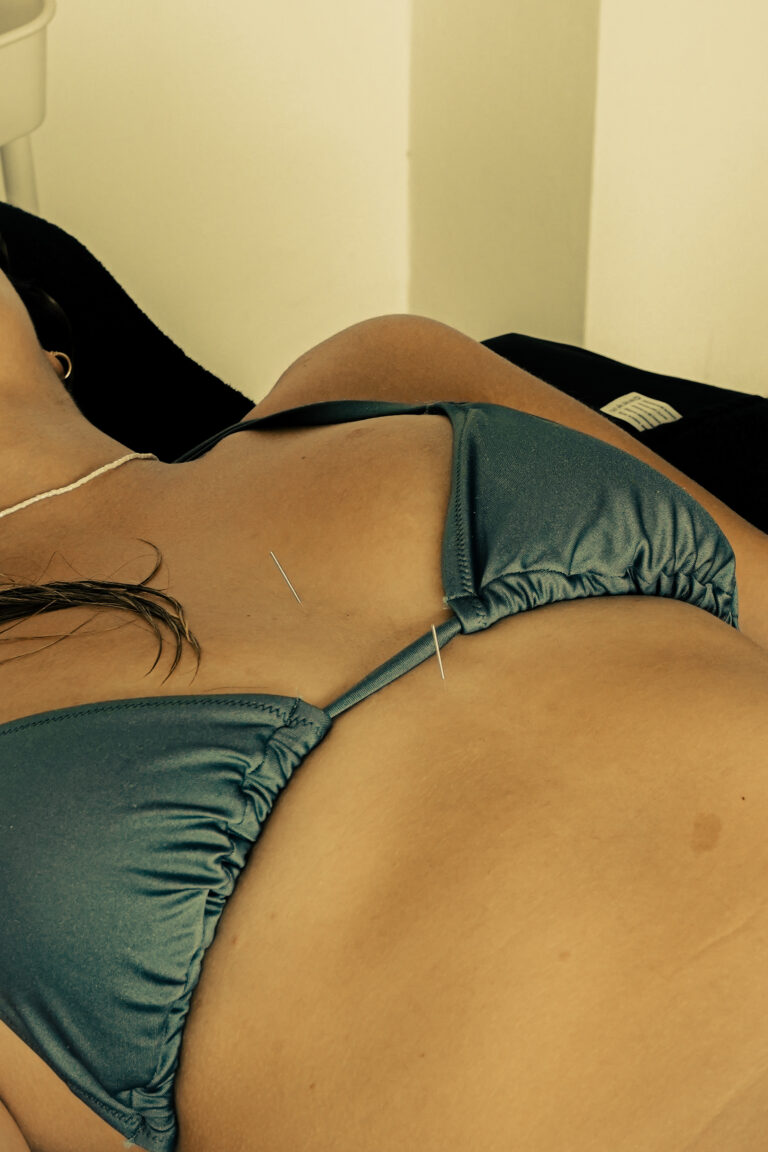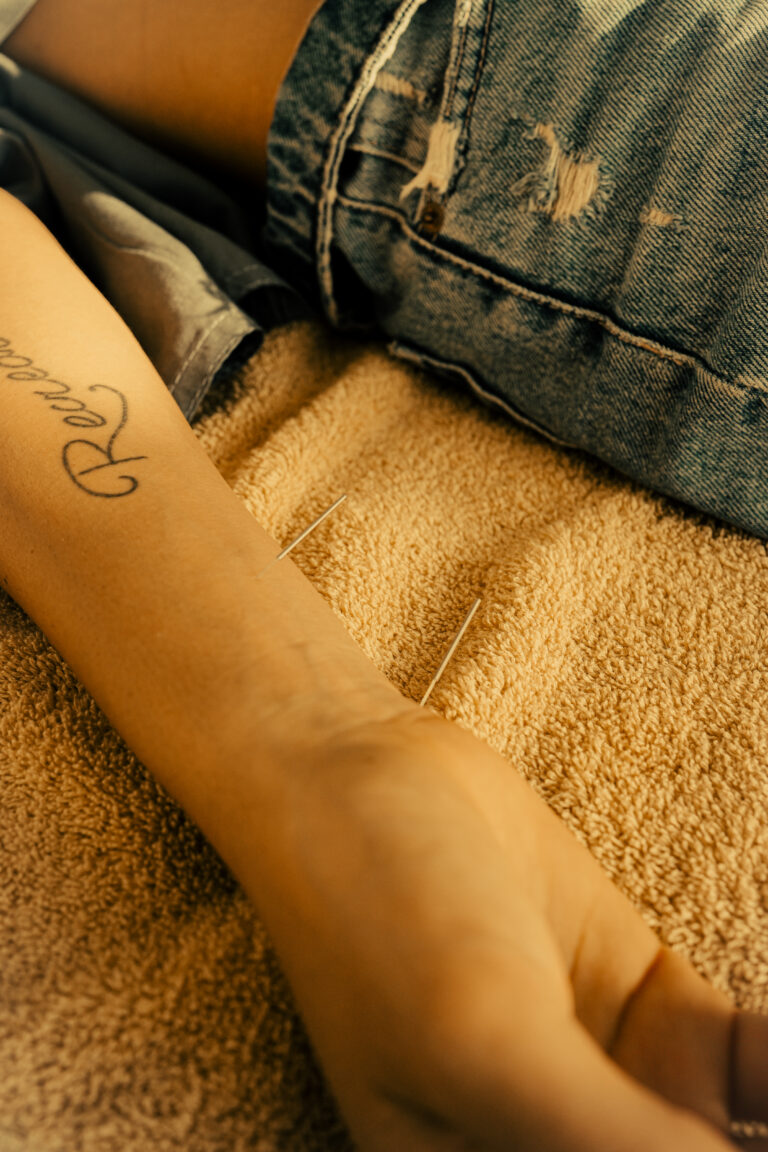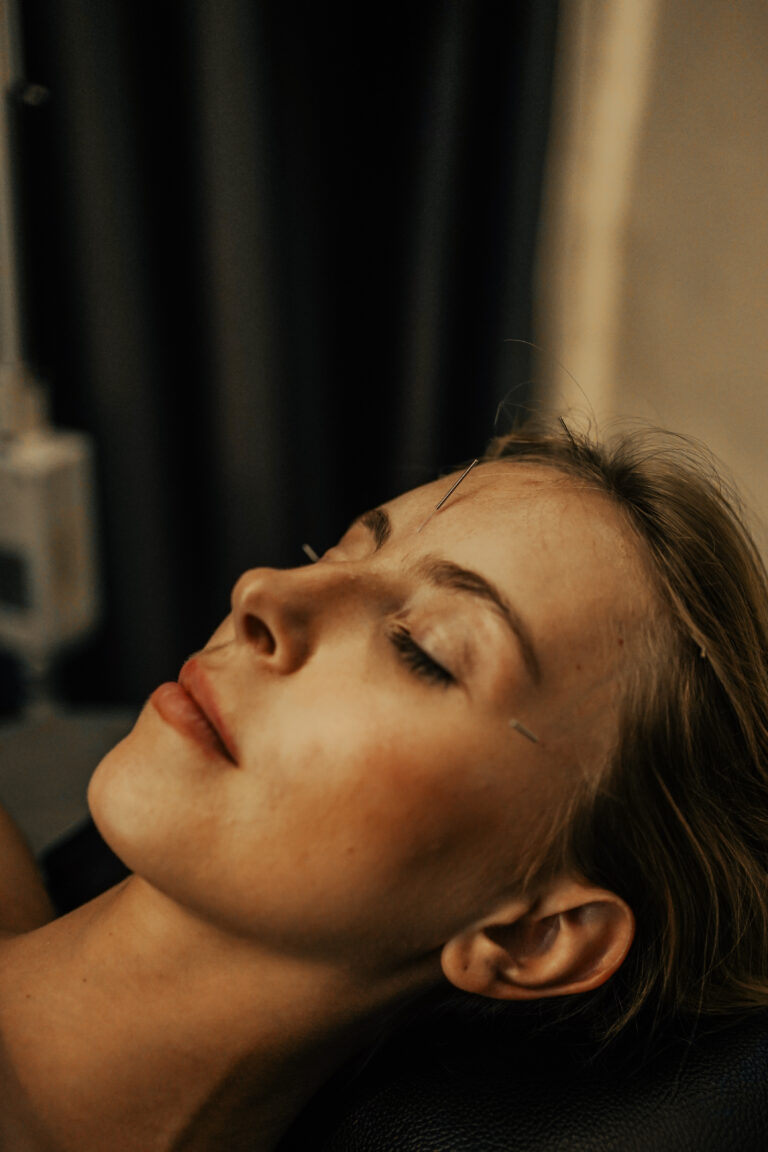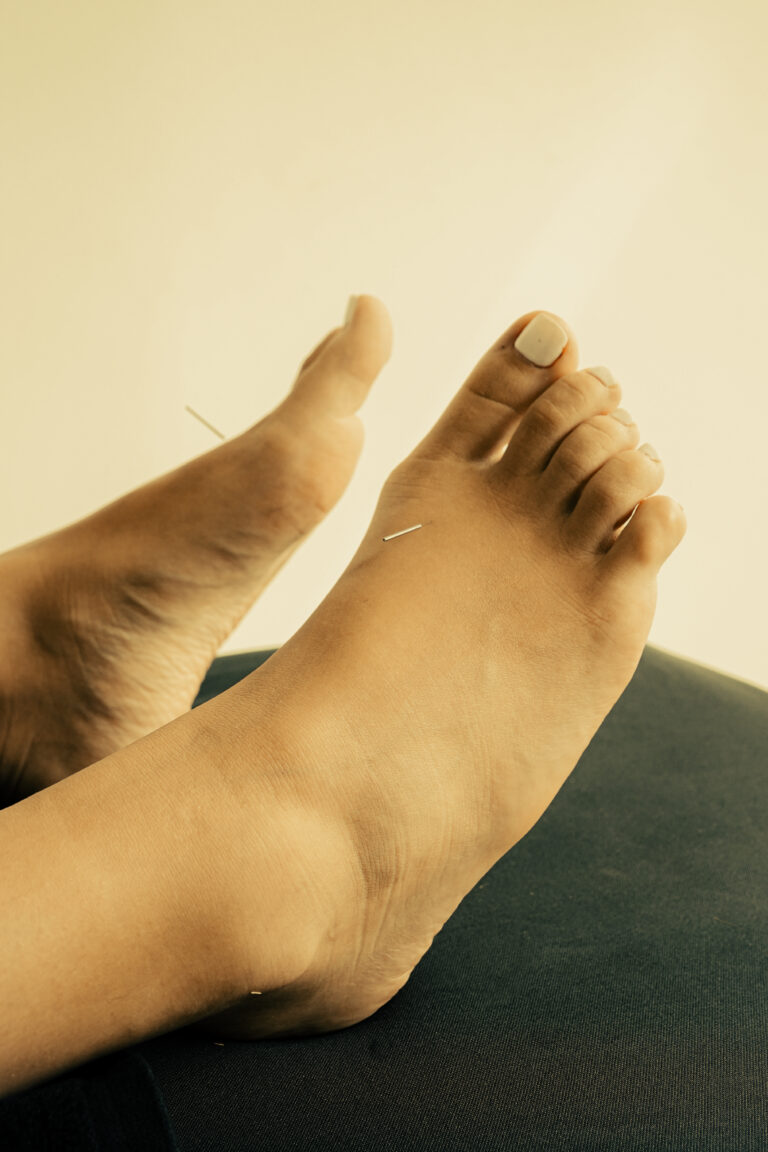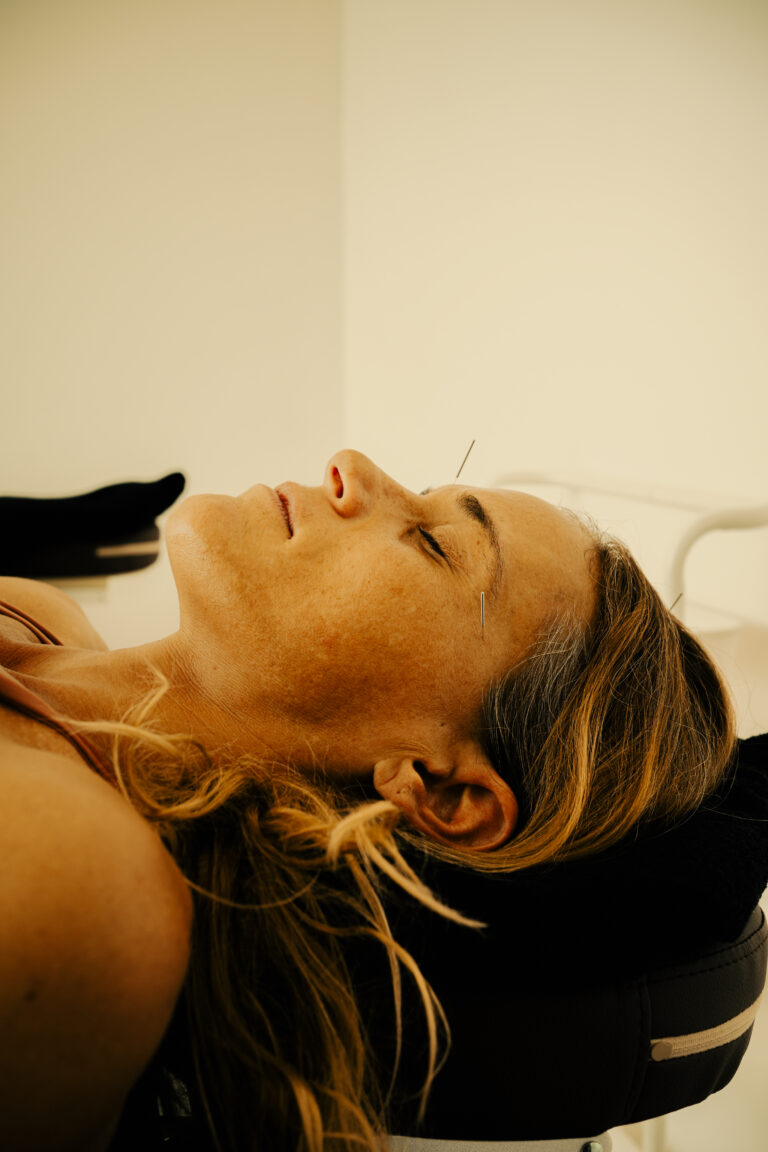For many women, low back pain is a regular companion during their menstrual cycle. While it’s easy to dismiss it as “normal,” Traditional Chinese Medicine (TCM) sees it differently. In TCM, menstrual-related low back pain is more than a hormonal symptom—it reflects deeper imbalances in the Kidney and Liver systems.
Rather than treating the pain alone, TCM looks at why it’s happening. Is there a deficiency in the body’s foundational energy (Kidneys)? Is emotional stress stagnating the Liver Qi? Is Blood failing to nourish the lower back properly? This article unpacks the organ systems, patterns, and treatment strategies that explain why your back may hurt during your period—and what you can do to ease it.
Key Organ Systems Involved
- Kidneys (Shen): Considered the root of reproductive health, the Kidneys store Essence (Jing) and govern the lumbar region and lower back. Weak Kidney energy can lead to dull, achy pain around menstruation, especially if the body is depleted or overworked.
- Liver (Gan): The Liver stores Blood and ensures its smooth flow. During menstruation, this function is crucial. If Liver Qi is stagnant or Liver Blood is deficient, the uterus and lower back may not receive proper nourishment or circulation, leading to cramps or pain.
- Chong Mai (Penetrating Vessel): Though not a Zang organ, this extraordinary vessel plays a vital role in menstruation and is closely connected to the Kidneys and the uterus. Blockages or deficiencies here often show up as menstrual irregularities and back pain.
Common TCM Patterns for Low Back Pain During Periods
- Kidney Yang Deficiency
- Symptoms: Dull low back pain during or before period, cold sensation in back or limbs, fatigue, frequent urination, sore knees.
- Tongue: Pale and swollen
- Pulse: Deep, weak
- Kidney Yin Deficiency
- Symptoms: Dull low back pain with a warm sensation, night sweats, dry mouth, light or irregular periods.
- Tongue: Red with little coating
- Pulse: Thin and rapid
- Liver Qi Stagnation
- Symptoms: Tight or cramping back pain before the period, mood swings, breast tenderness, sighing, irregular flow.
- Tongue: Slightly purple or with red edges
- Pulse: Wiry
- Liver Blood Deficiency
- Symptoms: Dull, empty feeling in the lower back, scanty periods, dizziness, pale complexion, blurred vision.
- Tongue: Pale and thin
- Pulse: Thin or choppy
- Cold Damp Obstruction
- Symptoms: Sharp low back pain with heaviness, worse with cold weather, relieved by warmth, clots in menstrual blood.
- Tongue: Pale with thick white coating
- Pulse: Tight or slow
Treatment Principles in TCM
- Tonify Kidney Yang or Yin: Restore the foundation of reproductive and spinal strength depending on the patient’s underlying deficiency.
- Soothe the Liver and move Qi: Relieve emotional tension and promote Blood circulation, especially if there’s PMS or stress-related symptoms.
- Nourish Blood and regulate menstruation: Especially in cases of scanty or painful periods with fatigue.
- Warm the channels and dispel Cold-Damp: When symptoms are worse with cold or weather changes.
Diet and Lifestyle Tips (TCM-Based)
Supportive Foods for Menstrual Back Pain:
- For Yang Deficiency: Lamb, bone broth, cinnamon, walnut, black sesame, ginger tea.
- For Yin Deficiency: Goji berries, black beans, tofu, eggs, asparagus, mulberries.
- For Blood Deficiency: Beets, spinach, red dates, lean red meat, eggs, cooked dark greens.
- To Move Liver Qi: Sour foods like lemon water, hawthorn berry, and peppermint tea.
Habits to Avoid:
- Overworking or sleeping late before menstruation.
- Exposure to cold (swimming, cold drinks, sitting on cold surfaces).
- Bottling up emotions (can block Liver Qi).
Daily Habits to Practice:
- Gentle yoga or stretching a few days before and during menstruation.
- Warm compress over the lower abdomen and back.
- Prioritize emotional self-care (journaling, talking, resting).
Daily Acupressure Routine for Relief
- BL23 – Shenshu (肾俞)
- Location: 1.5 cun lateral to the lower border of the second lumbar vertebra.
- Function: Tonifies Kidney Qi, relieves lumbar soreness and fatigue.
- CV4 – Guanyuan (关元)
- Location: On the lower abdomen, 3 cun below the umbilicus on the midline.
- Function: Tonifies Kidney, regulates uterus and menstruation.
- LV3 – Taichong (太冲)
- Location: On the top of the foot, between the first and second toe.
- Function: Moves Liver Qi, eases pain from stagnation, regulates menstrual flow.
- SP6 – Sanyinjiao (三阴交)
- Location: 3 cun above the medial malleolus, posterior to the tibia.
- Function: Regulates menstruation, nourishes Blood and Yin, relieves lower back and abdominal pain.
- KD3 – Taixi (太溪)
- Location: In the depression between the medial malleolus and Achilles tendon.
- Function: Strengthens Kidney Yin/Yang, eases lower back weakness.
Press each point for 1–2 minutes with gentle pressure, breathing deeply. Repeat daily during the luteal and menstrual phases.
TCM Treatment Recommendation
- Acupuncture Therapy: Recommended points may include SP6, LV3, BL23, KD3, and CV4 tailored to each patient’s pattern.
- Moxibustion: Especially for Cold-Damp and Kidney Yang deficiency patterns.
- Cupping or Gua Sha: Along the lower back and sacral region to promote Blood circulation.
Conclusion
Low back pain during menstruation doesn’t have to be a lifelong struggle. In the eyes of TCM, it’s a sign your internal systems need attention—not just painkillers. Whether it’s a depletion of Kidney energy or the stagnation of Liver Qi, recognizing and treating the root pattern can bring relief and restore your natural balance. With the right lifestyle changes, diet, and support from acupuncture or herbal therapy, your cycle—and your back—can feel more in harmony.
Sources
- Flaws, B., & Finney, K. (1996). The Treatment of Women’s Disorders by Traditional Chinese Medicine. Blue Poppy Press.
- Maciocia, G. (2011). Obstetrics and Gynecology in Chinese Medicine (2nd ed.). Elsevier Churchill Livingstone.
- Lyttleton, J. (2004). Treatment of Infertility with Chinese Medicine. Elsevier.
- World Health Organization (2007). WHO International Standard Terminologies on Traditional Medicine in the Western Pacific Region.
- Chen, J.K., & Chen, T.T. (2004). Chinese Medical Herbology and Pharmacology. Art of Medicine Press.
